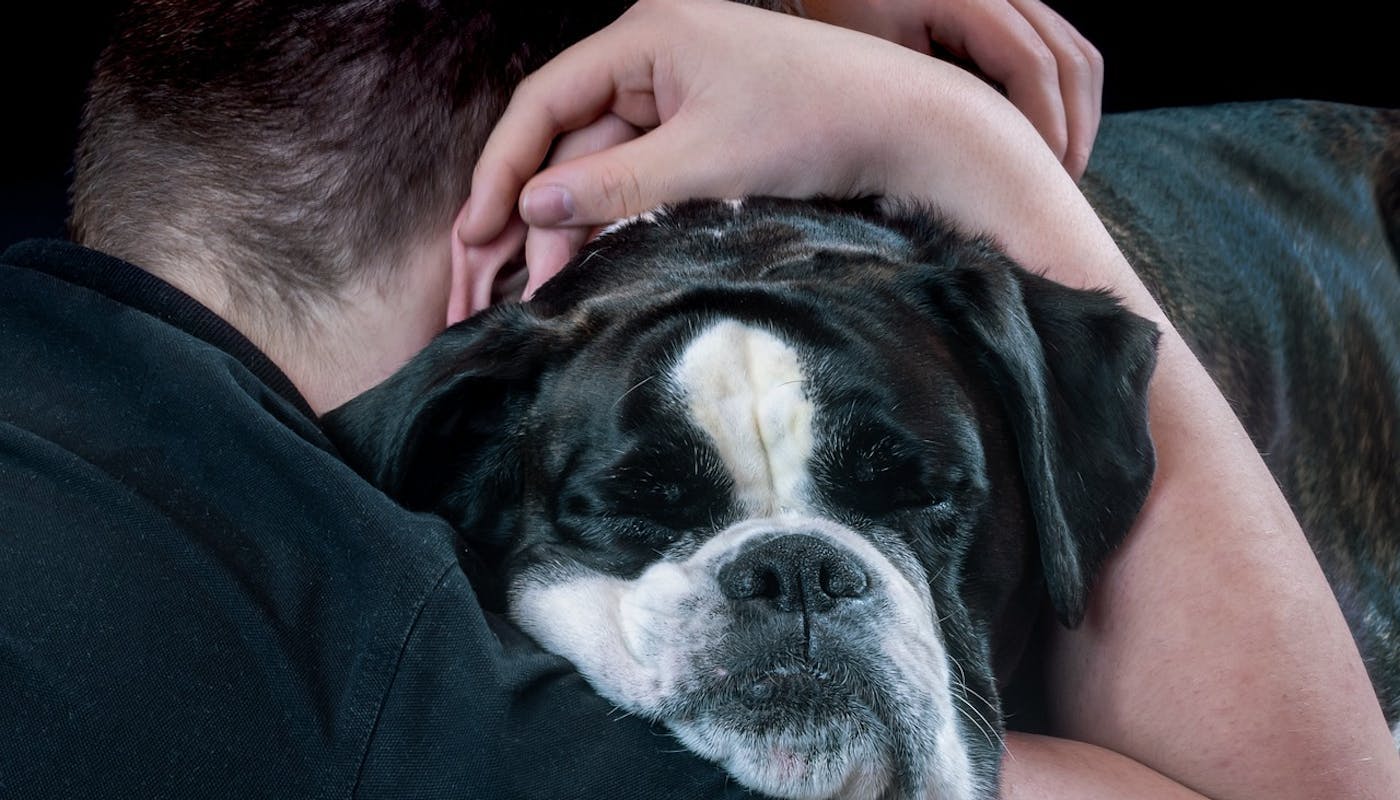Do Dogs Like Hugs?
“Since he arrived, our pup Louie’s been a lap dog/learn/dog-diaries – climbing onto our legs at every opportunity. He’s a hefty 20kg now, but he still manages to wedge most of his bottom onto someone’s lap. We use the word “huggy” to invite him. So I wondered whether dogs are born to love hugs, or whether it varies from one to another! Here’s what science has to say.”
Do Dogs Love to Hug?
Dogs have never thrived on living alone. Through observing their ancestors (wolves) in the wild, scientists discovered that dogs live in family groups. The parents are more like human parents than we used to think. They don’t battle for submission, they don’t lead from the front, and they don’t eat first when food is scarce. The group ‘leaders’ (mom and dad) are humble and caring – they’re more likely to be found at the back of the group, protecting their gang of offspring.
Since becoming domesticated, dogs have learned how to live with humans. They can now read our facial expressions and our body language. They respond to praise and petting, and they even feel sad when we do.
From experience, we also know that dogs respond well to positive training techniques – they’re more likely to listen to commands if we reward them with treats or affection. This tells us that dogs appreciate the human touch and – well – YES, many dogs are disposed to love a hug!
Do Dogs Like Petting?
Dogs’ wild ancestors lived in family groups, sleeping, moving, and eating together. Their natural family bonds make them great pets for humans. But did you know that petting your dog has biological benefits for both of you?
It’s true. Gentle touch increases the level of oxytocinhttps://www.tandfonline.com/doi/abs/10.2752/175303711X13045914865385 (the love hormone – associated with nursing and bonding) in animals and humans. One study showed that humans who were running low on oxytocin stroked their dogs more frequentlyhttps://www.frontiersin.org/articles/10.3389/fpsyg.2017.01796/full#B7 – in other words, we’re subconsciously using our dogs as mental health boosters.
Do the dogs appreciate petting as much as humans? Researchers at Arizona State University tested a range of dogs to find out. Each dog was placed in a room with two people sitting in chairs; one was their owner and the other was a stranger. One person gave the dog lots of petting, and the other offered just happy praise. The main result showed that dogs returned to the person who petted them (owner or not!).
Writing in Psychology Todayhttps://www.psychologytoday.com/intl/blog/canine-corner/201409/is-verbal-praise-enough-reward-dog-obedience-training, dog expert Stanley Coren remembered a US Army study from 1967, in which dogs were first trained using verbal rewards, then with verbal rewards + petting, and then back to verbal rewards only. The trainers timed how long the dogs took to respond. You could probably predict the results – dogs were faster to obey when they knew they’d get petting as a reward.
So – providing they’ve been socialized as pups – it’s proven that most dogs love to be petted, but is there a ‘best’ way to pet them?
Maybe! First, there’s individual preference. Your dog could have sensitive areas (like paws or ears). Stroking those areas is strictly no-go. Why? Well, these preferences could relate to your routine or habits. They could have originated in a traumatic event or an old injury. Some dogs remember everything – like that time they were accidentally nipped by the nail-clipper.
In general, dogs prefer to be approached in a non-threatening way. Always let them see what you’re doing (until they’re relaxed with you). They’ll usually prefer to be stroked in the direction that their coat grows. The most acceptable places are usually the chest, back, and shoulders. But loads of dogs (especially the floppy-eared kinds) love a good ear-rub, too!
Meeting a new dog? Avoid patting them on the head – it’s the most intimidating form of contact. If you meet a dog you want to pet (and the owner says OK), it’s best to squat down and offer your hand cautiously, then approach them from the side (chest, chin or shoulders) so that the dog doesn’t feel threatened.
Dogs Who Don’t Like Petting
It’s really important to know that if your dog doesn’t like hugs or petting, that’s OK! Dogs are susceptible to anxiety and sensitivity, especially concerning past trauma (or even just old injuries).
Some dogs have had a bad experience (ranging from accidents to mistreatment by a former owner). Some dogs have painful or sensitive areas on their bodies. And some dogs will take time to accept human affection (especially if they’ve passed the crucial socialization period).
It’s possible to desensitize some dogs, which might be necessary if you want to clip their nails, for instance. You’ll need plenty of patience and a good supply of treats! Dog shelter experts from Ruff Beginnings Rehab have posted a series of videos about counter-conditioning.
Further Reading
Learn how to effectively socialize your young dog/learn/dog-training/how-to-socialize-a-dog or how to support a nervous dog/learn/dog-lifestyle/rehoming-a-nervous-dog. It’s important to carry out dog training using Positive Reinforcement Techniques/learn/dog-training/positive-reinforcement-training-for-dogs.
